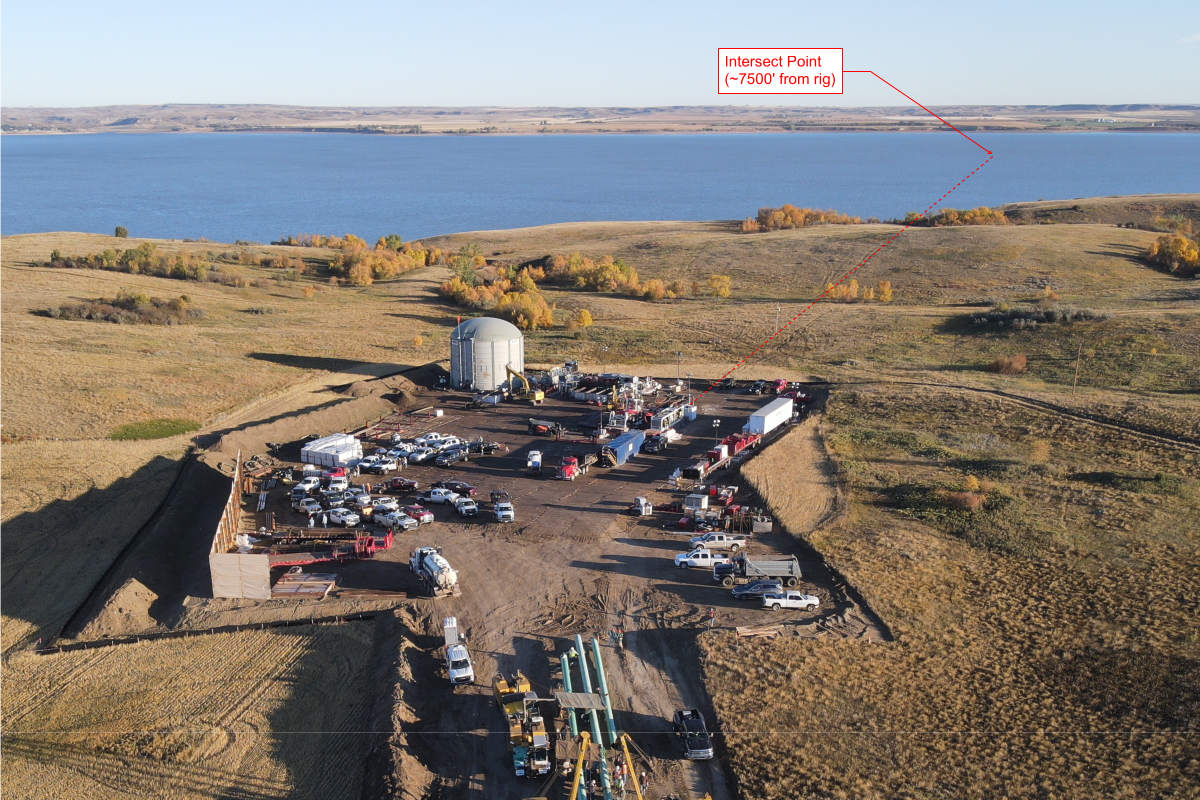Drill Master: GPS and Fleet Management
As most contractors know, the cost and time required to maintain and manage equipment is one of major activities that do not directly generate revenue for the business. But if this important activity is neglected, it may result in additional costs on the job. Keeping this equipment up and running may be done by diligent operators or maintenance personnel checking levels, maintaining records and understanding the importance of warning lights. But as contracting firms grow and operators or maintenance personnel come and go, maintenance items can be overlooked, potentially causing losses in time and increased equipment costs that could have been easily prevented.
During the last five years, the introduction of new technologies has greatly improved the ability of owners to monitor their equipment, both the physical location of the equipment, as well as the various operational and maintenance functions. This new technology is known as telematics or more commonly called “fleet management.” Fleet management is the adaptation of wireless communications, an equipment monitoring system, and geographical locating into one device. The device collects information about the equipment through existing or user-installed sensors.
The system then uses a global positioning system (GPS) to locate the equipment. The data is commonly transmitted back to the owner’s office through the cellular network. Once the data has been transmitted, it is then placed on a secure server on the Internet that the owner can then access. Depending on the fleet management system’s features, it can send e-mails to cell phones to inform owners of equipment status.
There are a number of different systems available, but not all of them are designed for mobile construction equipment. Some fleet management systems use satellite communication, but these systems are generally at a much higher cost. The device should be rated for out-of-cab operation, meaning that its enclosure should be weather and water resistant and its wiring connectors should be protected from corrosion. The fleet management system should also have a shock rating so that it can stand up to the rigors of the jobsite.
Physical characteristics and features of a system are important, but the most important feature is the data received from the unit. If the system is not installed properly, then the data received may not be accurate or helpful. When purchasing a fleet management system, choose wisely to ensure that they know the equipment and can install and support the fleet management system. Support after the sale should be highly considered when comparing system costs.
Users of telematic equipment have learned to depend on their systems, giving them more time to tend to customer needs rather than the needs of the equipment. For example, a sensor can be attached to the air intake for the engine to monitor the airflow into the engine. Depending on a number of outside conditions, air filters can last a long time or a very short time. When a telematics system is installed in conjunction with a sensor, the system can notify an owner of a potential problem before it begins to affect engine efficiency and productivity.
In addition, fuel cost has become a major expense. Machine idle time contributes to fuel expense. Fleet management systems can indicate whether fuel is consumed for actual productive work instead of idle time. By attaching a hydraulic switch into the hydraulic system, the actual working time of the machine can be determined. At the end of the day, the system sends a message back to the office reporting the amount of time the system was at idle vs. how long it was working.
Telematics is an excellent tool that fleet owners and small operators can use to help protect their investment in their equipment. Understanding how equipment is actually used in the field has always been a labor-intensive operation, but now equipment owners can have a method to track and monitor the equipment investment to provide a quality return on the dollars spent.
Hans Kelpe is a systems engineer at Vermeer Mfg. All Electronic Drillmaster Reports are reviewed by Electronic Drillmaster Advisory Board: Siggi Finnsson, project manager, Digital Control Inc.; John Archambeault, McLaughlin Mfg.; John Bieberdorf, Subsite Electronics; and Ed Savage, Vermeer Mfg.




